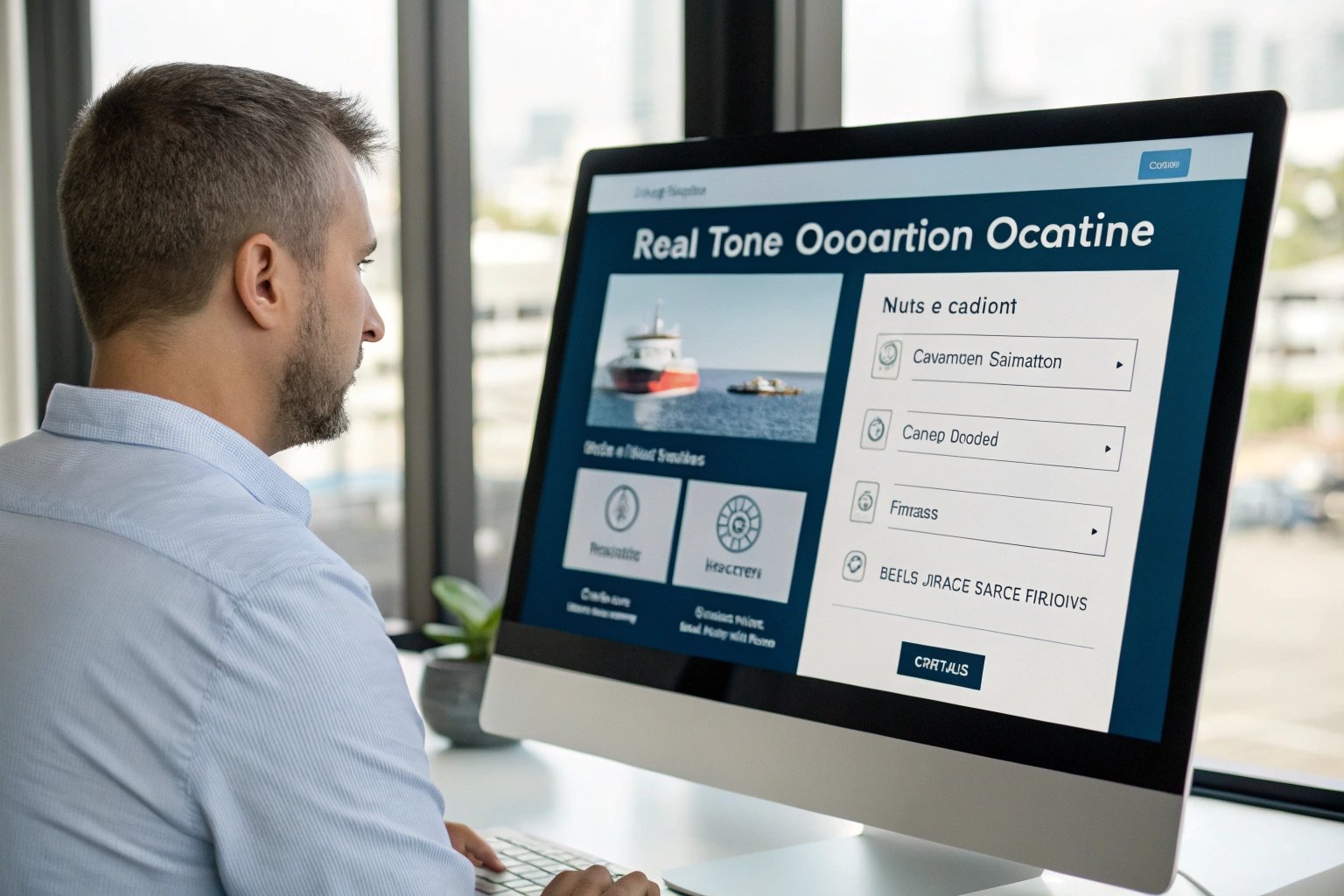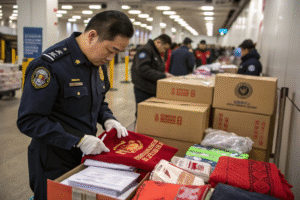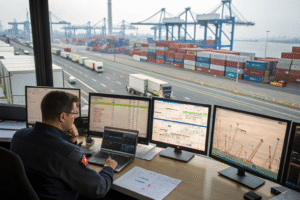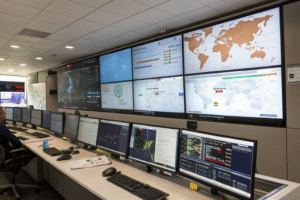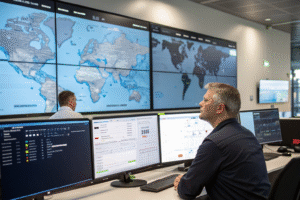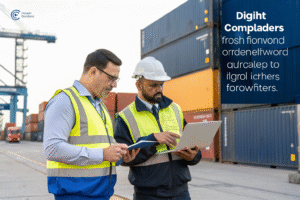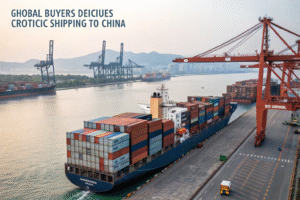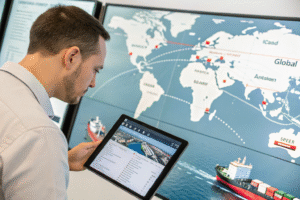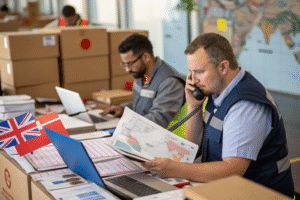You ship your goods from China — but then what? Without visibility, you’re stuck guessing if your container left port, cleared customs, or got held somewhere in between.
Tracking ocean freight shipments from China involves using container numbers and digital platforms to monitor cargo status across ports, vessels, and customs. Accurate tracking gives importers peace of mind and planning power.
If you know where your cargo is, you know how to prepare your warehouse, update your clients, and avoid costly surprises. Let’s walk through exactly how to track your ocean shipments.
Best ocean freight tracking tools and platforms
Not all tracking tools are created equal. Some offer port-to-port updates only. Others let you monitor entire door-to-door progress with real-time status changes.
The best tracking platforms combine vessel data, port updates, and customs integration to give you a clear view of your shipment’s location and ETA.
![]()
What platforms do importers use?
| Platform | Features | Best For |
|---|---|---|
| Maersk.com | Live container + vessel updates | FCL shipments with Maersk |
| MSC.com, CMA CGM, ONE, etc. | Line-specific container tracking | Carrier-specific shipments |
| MarineTraffic | Live ship tracking via AIS | Vessel location by name or voyage # |
| Flexport | Integrated tracking + docs | Clients using Flexport forwarder |
| Freightos Visibility | Aggregated tracking from multiple carriers | LCL and small FCL shipments |
| GeeseCargo Dashboard | End-to-end door tracking + document center | Our clients, DDP shipments |
Our clients use the GeeseCargo tracking portal, where they can:
- See live container milestones
- Download shipping documents
- Get customs status updates
- View ETA adjustments based on real data
We also integrate with major carriers so clients don’t have to switch between multiple websites.
How container numbers help track your shipment
The key to tracking any ocean shipment is your container number. This is a unique identifier printed on every cargo container — and it’s how carriers link your shipment to vessel schedules.
A container number allows you to track your cargo across ocean legs, port terminals, and customs checkpoints using most carrier or third-party platforms.
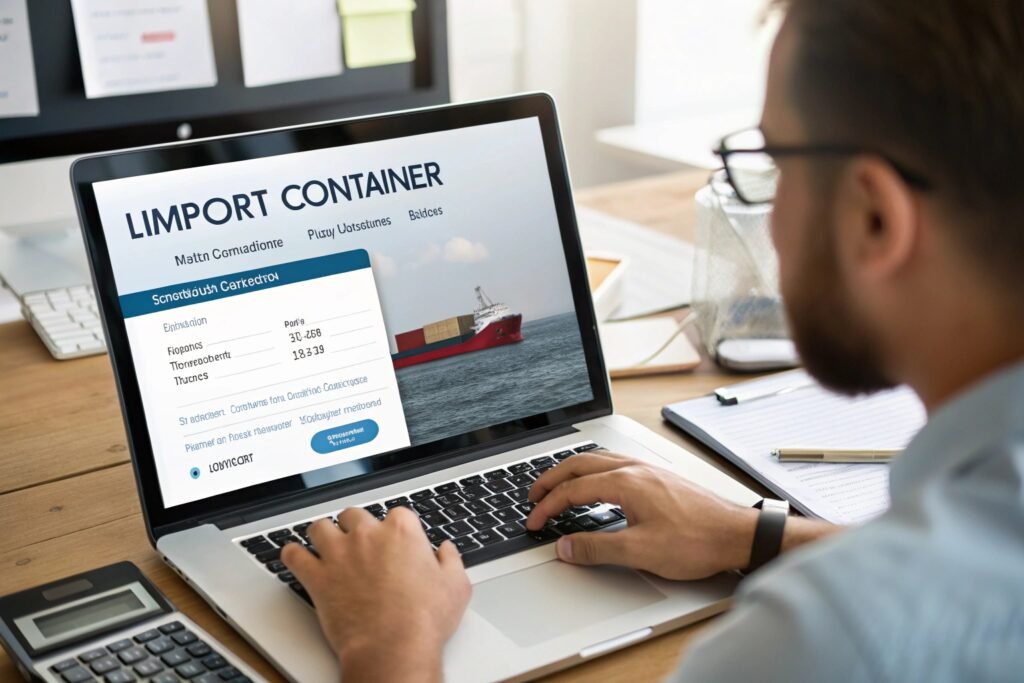
What does a container number look like?
- Format: 4 letters + 7 digits
- Example: TCLU1234567
- The first 4 letters identify the carrier
- The next 6 digits are the container’s serial number
- The last digit is a check digit (used for validation)
Where do you find your container number?
| Source | When Available |
|---|---|
| Bill of Lading | After vessel is loaded |
| Freight Forwarder | After booking confirmation |
| Carrier Booking Portal | Real-time once loaded at port |
| GeeseCargo Tracking | Sent automatically to your email and dashboard |
We automatically link your container number to a live tracking feed that shows:
- ETD (Estimated Departure Date)
- ETA (Estimated Arrival Date)
- Port milestones (loaded, departed, arrived)
- Transshipment progress
- Customs clearance status
This number is your main tracking key — never lose it.
Real-time tracking vs. estimated delivery updates
Many platforms give you an ETA. But is it based on actual movement or just a schedule? That’s the difference between real-time and estimated tracking.
Real-time tracking uses satellite AIS data and carrier updates to show actual vessel location, while estimated delivery is based on standard transit schedules.
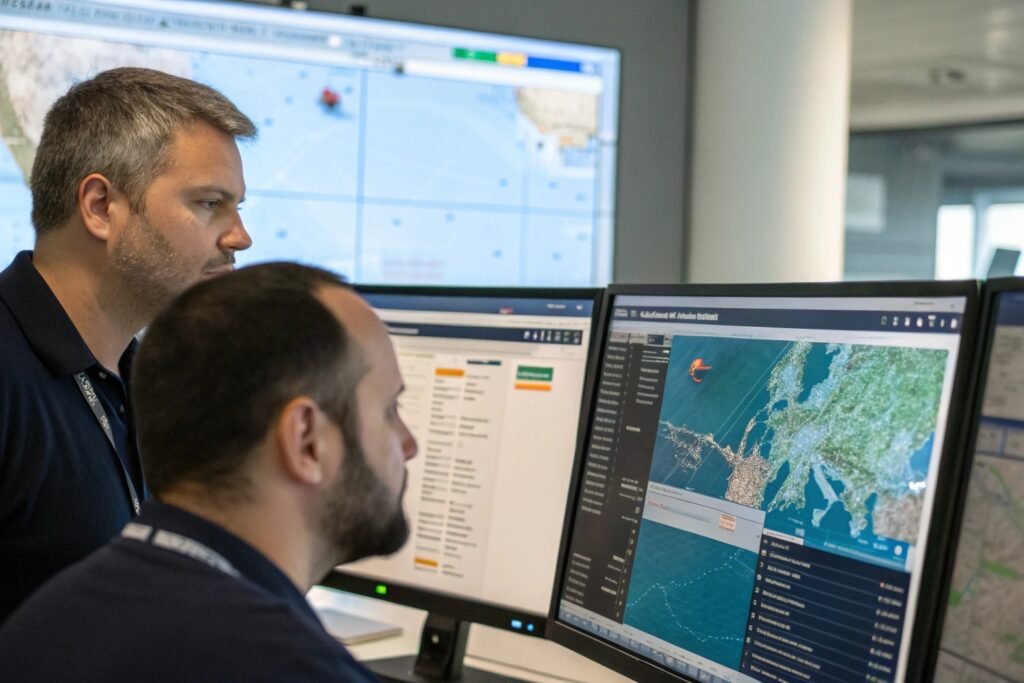
Why real-time tracking matters
| Feature | Real-Time Tracking | Estimated Tracking |
|---|---|---|
| Vessel GPS updates | ✅ | ❌ |
| Port congestion alerts | ✅ | ❌ |
| Delay notifications | ✅ | ❌ |
| Customs event logs | ✅ | ❌ |
| Static ETA only | ❌ | ✅ |
With real-time tracking, you can:
- Replan warehouse intake if cargo is delayed
- Notify your customer about late arrival
- Contact forwarders early if rerouting is needed
We once helped a client avoid late fees from a retailer by spotting a 4-day delay at Busan. Our real-time tool allowed them to shift their promo launch by two days — saving a $3,000 penalty.
Should you rely on carrier ETAs?
Not fully. They’re based on planned schedules, not actual progress. We recommend combining:
- Carrier milestone tracking (loaded, departed)
- AIS vessel tracking (MarineTraffic or GeeseCargo)
- Port and customs updates (via forwarder)
This gives you the full picture.
Common tracking issues and how to resolve them
Even with the best tools, tracking doesn’t always go smoothly. Systems don’t sync, containers are rolled, or tracking links go dark.
The most common tracking issues include incorrect container numbers, delayed carrier updates, missed transshipments, and poor LCL visibility. These can all be solved with better coordination.
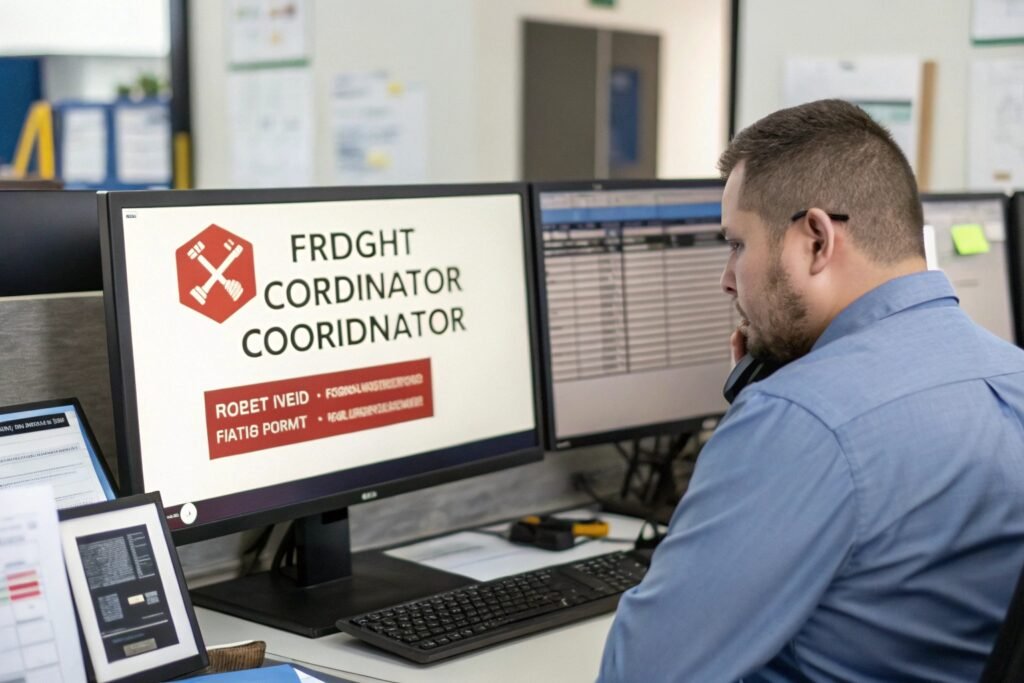
What tracking problems should you watch out for?
| Issue | Cause | Fix |
|---|---|---|
| “No info available” | Typo in container # or too early | Wait 24–48 hrs after departure |
| Incomplete movement logs | Carrier delay in updates | Contact forwarder or carrier |
| Incorrect ETA shown | Static schedule, no real-time update | Use vessel tracking |
| No tracking for LCL | Shared container not mapped | Ask forwarder for master B/L and warehouse records |
| Delayed customs scan updates | Manual upload at U.S. port | Check CBP Entry Status or ask your broker |
At GeeseCargo, we track LCL by master container + HAWB (House Bill) — so our clients see updates even when their freight is grouped with others.
What if your shipment is “rolled”?
A “rolled” container was bumped off a vessel and rescheduled. Causes include:
- Overbooking
- Port congestion
- Documentation errors
We notify clients immediately if a container is rolled, rebook it within 1–3 days, and issue a new ETA — all within our dashboard.
Conclusion
Tracking ocean freight from China doesn’t have to be stressful. With the right tools, clear container numbers, and a reliable forwarder like GeeseCargo, you can monitor every step of your shipment — and respond quickly if things change.
